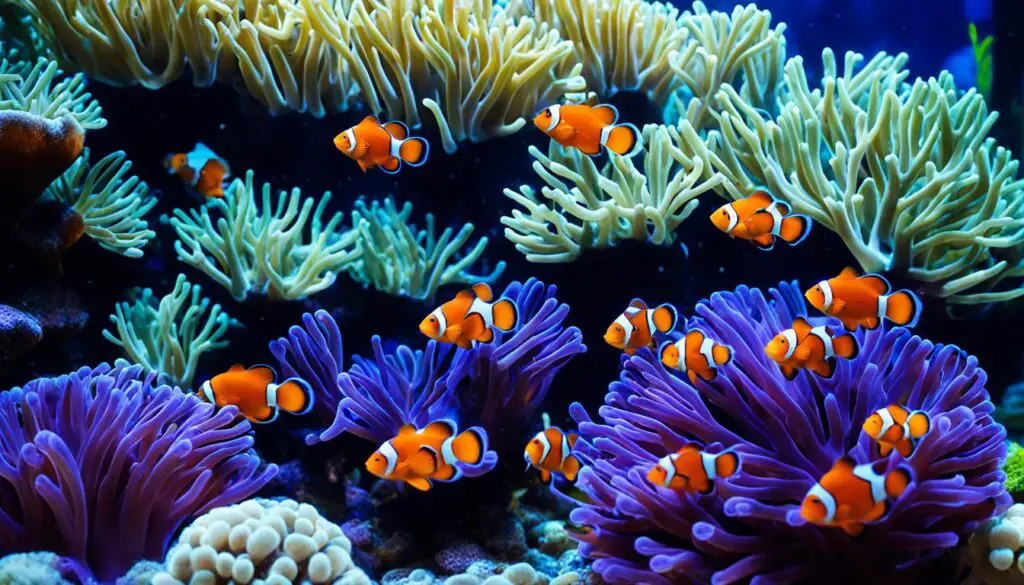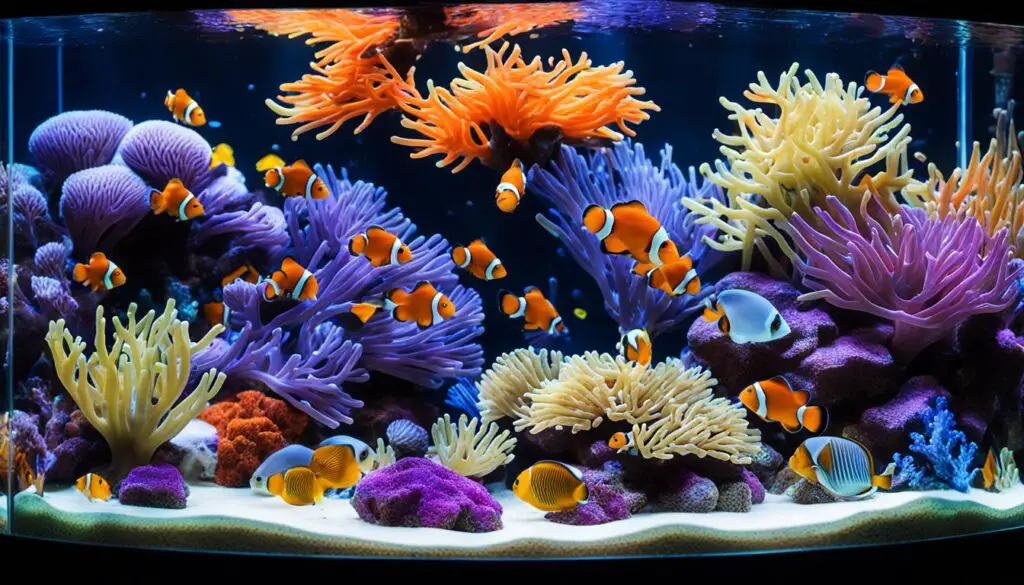Do Seahorses Bite
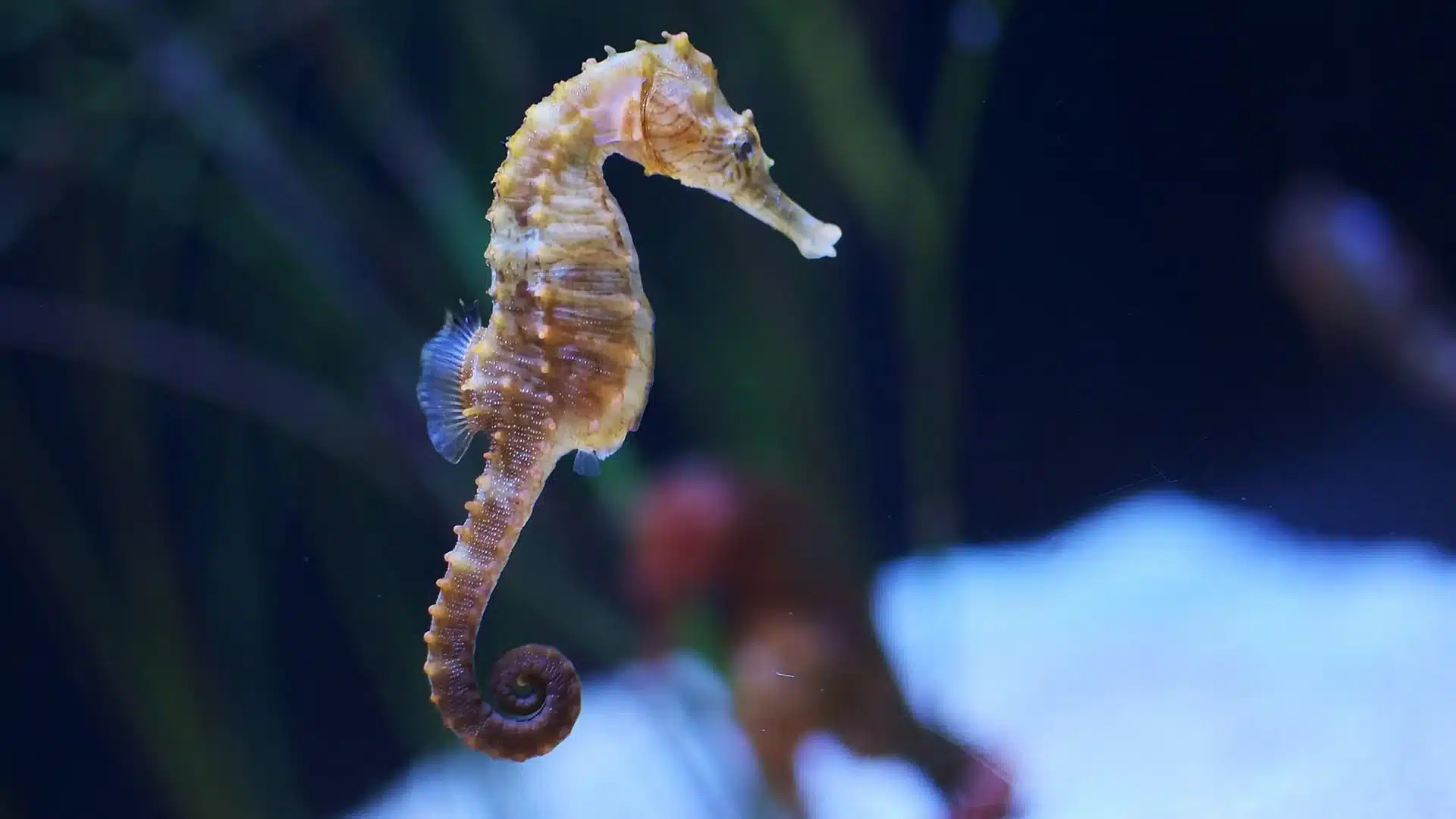
Introduction
Seahorses, with their enchanting appearance and unique way of life, have long captured the fascination of marine enthusiasts and curious minds alike. These mystical creatures, known for their intricate courtship rituals and remarkable adaptations, often leave us pondering the depths of their behaviors. One question that frequently arises in the realm of seahorse inquiries is: Do seahorses bite? In this exploration, we will delve into the intriguing world of seahorses, uncovering the truth behind their biting tendencies, if any, and shedding light on the enigmatic behavior of these oceanic wonders.
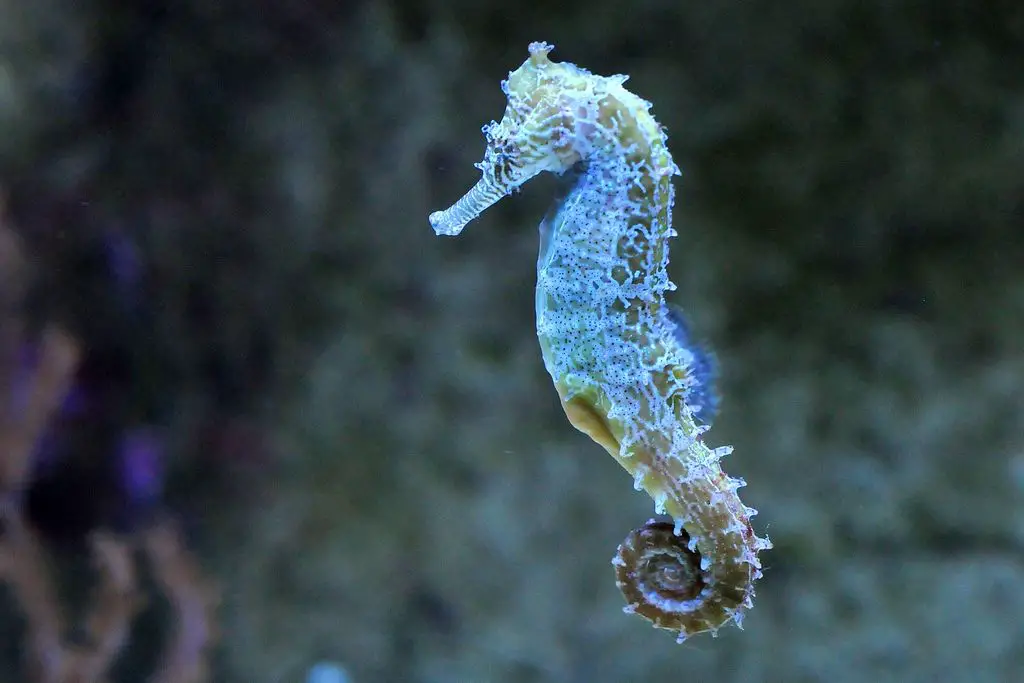
Are seahorses known for their aggressive behavior towards other marine creatures?
While seahorses are not dangerous to humans, they are vulnerable to human activities such as overfishing and habitat destruction.
Seahorses are not generally known for their aggressive behavior towards other marine creatures. In fact, they are more commonly associated with their gentle and docile nature. However, it’s essential to understand that while seahorses are not typically aggressive, they do exhibit some unique behaviors that might be perceived as aggressive under certain circumstances. Here’s a more detailed explanation:
Territorial Behavior: Seahorses can be territorial when it comes to their chosen habitats, particularly their preferred seagrass or coral homes. They may defend their territory from other seahorses or similar-sized creatures that venture too close. This territoriality is more about maintaining their space than displaying aggression.
Courtship Rituals: Seahorses engage in intricate courtship rituals, which can involve behaviors that outsiders might interpret as aggressive. During courtship, they may engage in synchronized swimming, color changes, and even locking tails. These actions are all part of their delicate courtship dance, not aggression.
Feeding Strategies: Seahorses are not aggressive predators. Instead, they are slow and methodical hunters, relying on their unique feeding mechanism – a tubular mouth – to slurp up small prey, such as tiny crustaceans. They do not chase or attack their prey aggressively.
Predatory Defense: Seahorses, being small and relatively defenseless, have developed various camouflage techniques to avoid detection by predators. They might change their color or cling to seafloor structures to blend in with their surroundings rather than confronting potential threats head-on.
Social Hierarchy: Some seahorse species live in groups, and within these groups, a social hierarchy may develop. Dominant individuals may assert themselves over subordinate ones, but this typically involves non-aggressive displays, such as posture changes or mild confrontations.
Species Variability: It’s important to note that seahorse behavior can vary among different species. While the common seahorse species are generally peaceful, others may display more assertive behaviors, but these are still not typical acts of aggression.
In summary, seahorses are not known for their aggressive behavior towards other marine creatures. They are primarily gentle and passive animals that rely on their unique adaptations for survival. Any behaviors that might be perceived as aggressive are often part of their natural processes, such as territorial defense or courtship rituals, and are not indicative of hostility or aggression as seen in some other marine species.
What are some of the factors that might provoke seahorses to bite?
Another quirky thing seahorses do is that they make noise. They make two distinct types of sounds: “clicking” and “growling”. I absolutely love the idea of a growling seahorse! It seems they do this when they are stressed out and it might even be some sort of escape mechanism to startle predators.
Seahorses are not known for biting behavior, as they are generally gentle creatures. However, there are some specific factors or situations that might provoke seahorses to display defensive behaviors that could be mistaken for biting. It’s crucial to understand that these responses are more about self-preservation and defense rather than aggressive actions. Here are some factors that might provoke such behavior:
Territorial Disputes: Seahorses can be territorial when it comes to their chosen habitats, such as seagrass beds or coral formations. When another seahorse or marine creature encroaches on their territory, they may engage in defensive behaviors like posturing or locking tails to protect their space.
Courtship Rituals: During seahorse courtship, which involves intricate dances and displays, the male and female seahorse may come into close contact. This close proximity can sometimes lead to seemingly aggressive interactions, such as nudging or intertwining their tails. These behaviors are part of their courtship ritual rather than aggression.
Predatory Threats: Seahorses are small and relatively defenseless creatures, making them vulnerable to predators. When they perceive a predatory threat, such as a larger fish or crab, seahorses may adopt defensive postures, change their color to blend in with their surroundings, or grasp onto nearby objects to avoid capture.
Handling by Humans: In captivity, when seahorses are handled by humans or subjected to stressful conditions, they might react defensively. This can involve curling their tails or attempting to grip onto nearby objects. It’s important to handle seahorses with care and minimize stress to ensure their well-being.
Inadequate Aquarium Conditions: In aquariums, if seahorses are kept in suboptimal conditions, such as overcrowded tanks or incompatible tankmates, they may become stressed. Stress can sometimes lead to defensive behaviors or even health issues. Maintaining appropriate aquarium conditions is essential to ensure their well-being.
Inappropriate Tankmates: Keeping seahorses with aggressive or overly curious tankmates can lead to confrontations. Larger fish or more aggressive species may inadvertently provoke defensive responses in seahorses, but these responses are not indicative of seahorses’ inherent aggressiveness.
Do seahorses have teeth, and if so, how do they use them?
Adult seahorses eat 30 to 50 times a day if available. They do not have a stomach or teeth, instead, they suck their prey in through a tubular snout, or a fused jaw, and pass it through an inefficient digestive system.
Seahorses do have a unique set of structures in their mouths that can be referred to as “teeth,” although they are quite different from the teeth found in most other animals, including humans. Seahorse “teeth” are more accurately described as dental plates or bony ridges, and they play a crucial role in their feeding behavior. Here’s a detailed explanation of seahorse teeth and how they are used:
Dental Plates: Seahorses have a series of small, sharp, and bony protrusions within their mouths, arranged in rows. These dental plates are made of calcium phosphate and are not external structures but rather part of the seahorse’s skull. They line the inner surface of the seahorse’s tubular mouth, which is adapted for a unique method of feeding.
Feeding Mechanism: Seahorses are carnivorous predators that primarily feed on tiny aquatic organisms, including small crustaceans, tiny fish, and zooplankton. Their feeding mechanism is highly specialized. Unlike many animals that use suction to capture prey, seahorses use a different approach.
Ambush Predators: Seahorses are ambush predators, which means they patiently wait for their prey to come close. When a potential meal swims by, the seahorse uses rapid and precise movements of its head and neck to create a suction force. This suction draws water, along with the prey, into the sea horse’s mouth.
Teeth in Action: The dental plates or ridges in the sea horse’s mouth play a crucial role during this feeding process. As the prey-laden water is drawn into the sea horse’s mouth, the dental plates come together, effectively forming a kind of trap or cage. This prevents the prey from escaping, allowing the seahorse to swallow it whole.
Swallowing Whole: Seahorses lack a chewing mechanism, so they swallow their prey whole. The prey is then digested in their stomach, which is specially adapted to break down the tough exoskeletons of crustaceans and other prey items.
Non-Aggressive Feeding: It’s important to note that seahorses do not aggressively bite or tear apart their prey like many other carnivorous animals. Their feeding behavior is designed to efficiently capture small, elusive prey while minimizing the risk of injury to the seahorse itself.
Are there any documented cases of seahorses biting humans or causing harm to divers or aquarium enthusiasts?
Overfishing, destruction of habitat, bycatch, and ocean plastic pollution are all things that are having devastating impacts on many species of seahorses.
Seahorses are generally not known for biting humans or causing harm to divers or aquarium enthusiasts. These fascinating creatures are known for their docile nature rather than aggression. However, there have been a few rare and isolated instances where seahorses have been reported to exhibit defensive behaviors that might be perceived as biting. It’s essential to note that such occurrences are exceptionally uncommon, and seahorses are not considered dangerous to humans. Here’s a more detailed explanation:
Rare Defensive Responses: In some rare cases, when seahorses are subjected to stressful or threatening situations, they may exhibit defensive responses. These responses can include curling their tails or attempting to grip onto nearby objects, including fingers. Such behavior is not an act of aggression but rather a natural instinct to defend themselves when they feel threatened.
Handling Stress: Seahorses are delicate animals, and improper handling or rough treatment by humans can cause stress, leading to defensive reactions. It’s crucial for divers, aquarium enthusiasts, and professionals to handle seahorses with care and avoid unnecessary stress.
Protective Measures: Aquarium professionals who work with seahorses typically take precautions to minimize stress and ensure the well-being of these creatures. They use soft nets and gentle handling techniques to reduce the risk of causing any harm to the seahorses.
Rare Incidents: While there may be anecdotal reports of seahorses nipping or gripping onto fingers or hands, such incidents are infrequent and typically not associated with causing harm to humans. Seahorses do not have the jaw strength or aggression to inflict significant injuries.
Educational Outreach: To prevent potential issues and misunderstandings, educational outreach is often conducted to inform aquarium enthusiasts, divers, and the general public about the gentle nature of seahorses and the importance of treating them with care and respect.
What role does the seahorse’s unique feeding mechanism play in their interactions with other species?
The seahorse’s unique feeding mechanism plays a significant role in their interactions with other species and their overall ecological niche in marine ecosystems. Seahorses have developed specialized adaptations for feeding that distinguish them from many other marine creatures. Here’s how their feeding mechanism influences their interactions:
Reduced Competition: Seahorses primarily feed on tiny aquatic organisms, such as small crustaceans and zooplankton. Their specialized feeding mechanism allows them to capture these small prey items with precision. Because they target such small prey, they often occupy a unique niche in the ecosystem, reducing direct competition with other fish species that may have different dietary preferences.
Minimized Impact on Prey Populations: Seahorses use a suction feeding method to capture their prey. This method minimizes the disturbance to their surroundings and the prey population. Unlike some predatory species that might disrupt entire schools of fish, seahorses have a more subtle impact on their prey.
Balancing the Food Web: Seahorses are themselves preyed upon by larger fish and other marine creatures. Their role in the food web is crucial because they serve as a link between the primary consumers (small crustaceans and zooplankton) and the secondary consumers (predators that feed on seahorses). This balancing act helps maintain the overall health and balance of the marine ecosystem.
Camouflaged Ambush Predators: Seahorses are ambush predators that rely on their excellent camouflage skills to remain hidden from both prey and predators. Their feeding behavior involves patiently waiting for prey to come close, at which point they use their rapid suction feeding to capture it. This hunting strategy allows them to coexist with other species in their habitat without creating excessive competition.
Microhabitat Specialists: Seahorses often inhabit specific microhabitats within the underwater environment, such as seagrass beds and coral reefs. Their feeding mechanism is tailored to these environments, where they can effectively use the structure of their surroundings to hide and ambush prey. This specialization minimizes direct competition with other species that occupy different niches within the same habitat.
Preservation of Biodiversity: By occupying a unique niche and avoiding direct competition with many other species, seahorses contribute to the preservation of biodiversity in marine ecosystems. They help maintain the delicate balance of predator-prey relationships, which is essential for the health and stability of underwater communities.
Do seahorses bite during courtship rituals, and if so, what is the purpose of this behavior?
Seahorses do not typically bite during courtship rituals. Instead, their courtship behaviors involve intricate and delicate movements, which are essential for forming pair bonds and ensuring successful reproduction. These behaviors include synchronized swimming, mutual displays of color changes, and even locking tails. The purpose of these courtship rituals is to establish trust and compatibility between the male and female seahorse, ultimately leading to the transfer of eggs from the female to the specialized brood pouch on the male’s abdomen. Biting is not a common or recognized behavior during courtship, as it could potentially harm the delicate seahorse partner or disrupt the reproductive process.
Are there any specific types of prey that seahorses are more likely to bite and consume?
Seahorses are primarily carnivorous and feed on a variety of small aquatic organisms. While they do not employ biting as a hunting technique, they use their unique feeding mechanism, characterized by a tubular mouth, to capture prey. The types of prey they are more likely to consume include tiny crustaceans such as copepods and amphipods, small shrimp, and zooplankton. These prey items are typically small enough to fit into the sea horse’s mouth and are drawn into it through a rapid suction motion. Seahorses are opportunistic feeders, consuming whatever small prey is abundant in their habitat.
How do seahorses defend themselves against potential predators, and does biting play a role in their defense mechanisms?
Seahorses have evolved several defense mechanisms to protect themselves from potential predators. While biting is not a prominent feature of their defense, they employ the following strategies:
Camouflage: Seahorses have remarkable camouflage abilities, allowing them to blend in with their surroundings, such as seagrass beds or coral reefs. Their body color and shape mimic the plants and structures in their habitat, making it difficult for predators to spot them.
Cryptic Behavior: Seahorses are typically slow-moving and maintain a low profile to avoid drawing attention to themselves. They often use their prehensile tails to anchor onto objects, further aiding in their concealment.
Tail Grasping: Seahorses may wrap their tails around nearby seafloor structures or objects when they sense danger, making it harder for predators to dislodge them.
Ink Cloud Release: In some species of seahorses, like the pygmy seahorse, they have been observed releasing an ink-like substance when threatened. This cloud can confuse or deter potential predators.
Size and Shape: Seahorses have a unique body shape, with elongated snouts and slender bodies. This shape makes them less appealing as prey to many predators, as they are challenging to consume or handle.
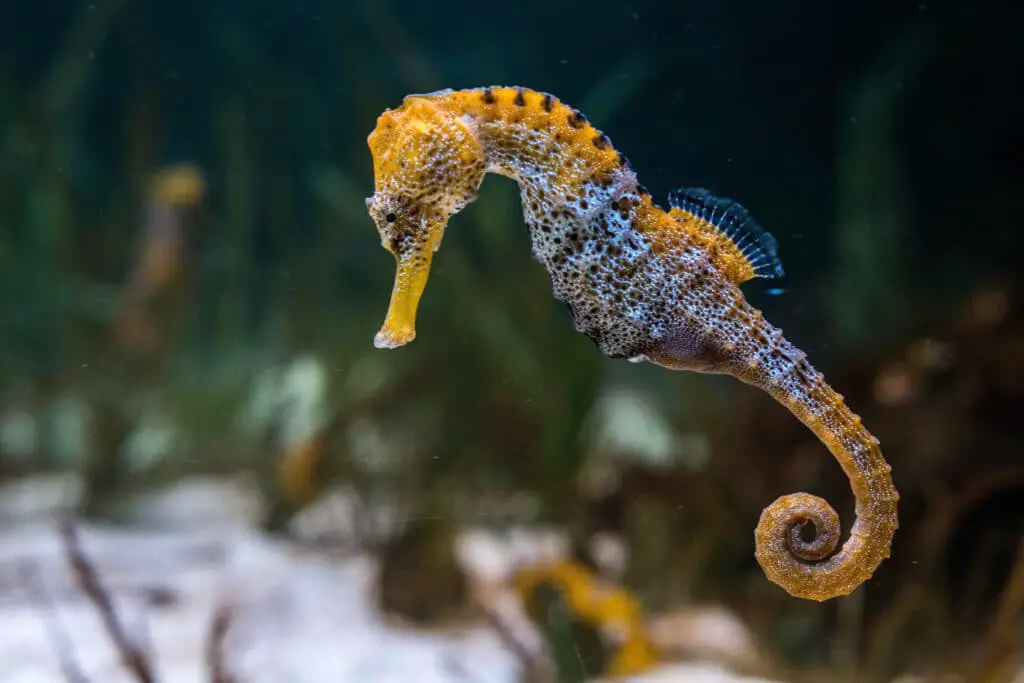
Conclusion
The notion of seahorses as voracious biters is a misconception that has been largely debunked by scientific research and observations. While they may display aggressive behaviors during territorial disputes or courtship rituals, seahorses are not prone to biting humans or other animals. Instead, they captivate us with their delicate, graceful movements and their extraordinary adaptations for survival in the underwater world. As we continue to learn more about these captivating creatures, it becomes clear that there is much more to discover and appreciate about seahorses beyond their supposed biting tendencies. Their role in marine ecosystems, their unique reproductive methods, and their graceful existence in the world’s oceans continue to be subjects of wonder and admiration for all who are drawn to the mysteries of the deep.


